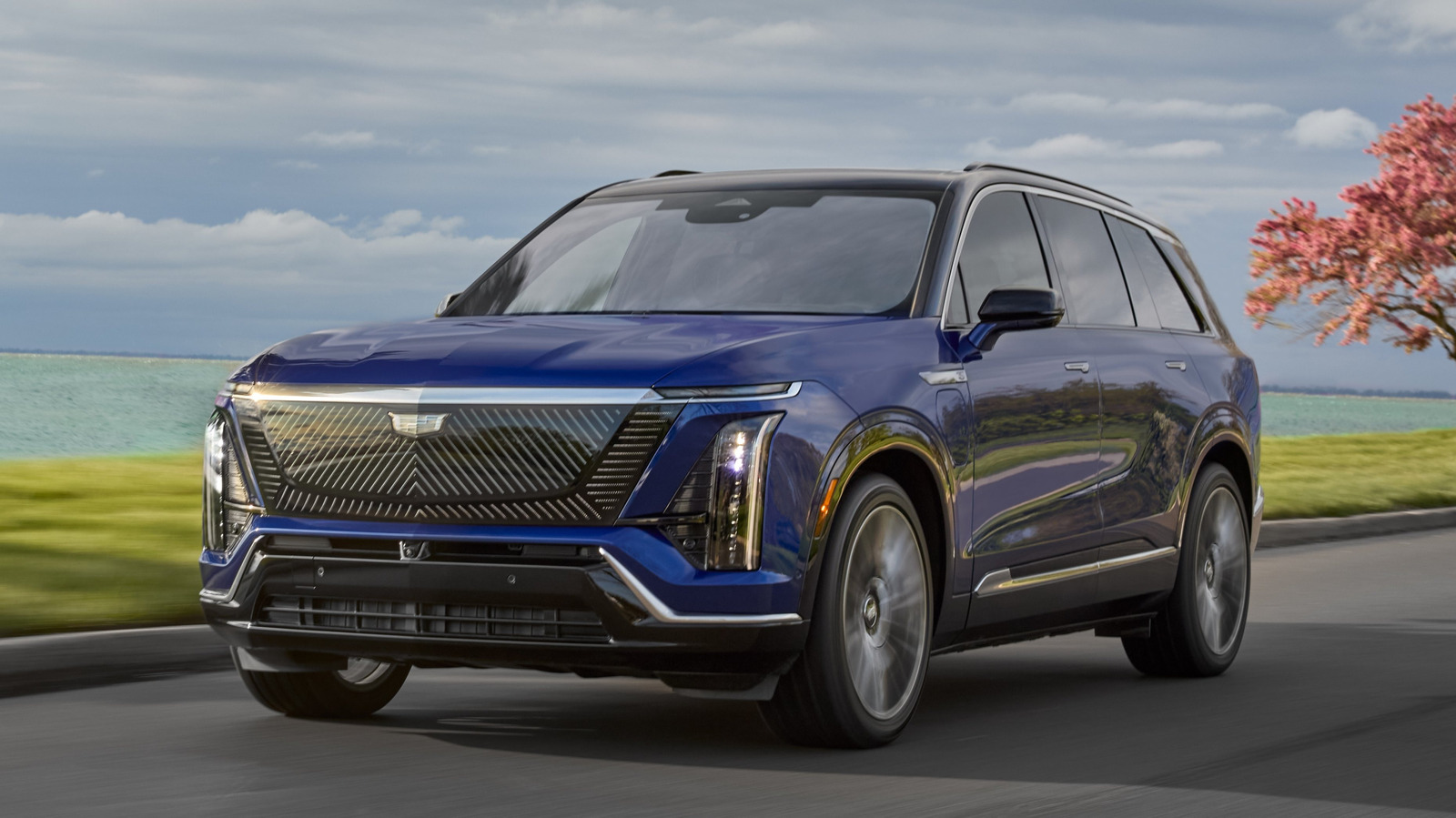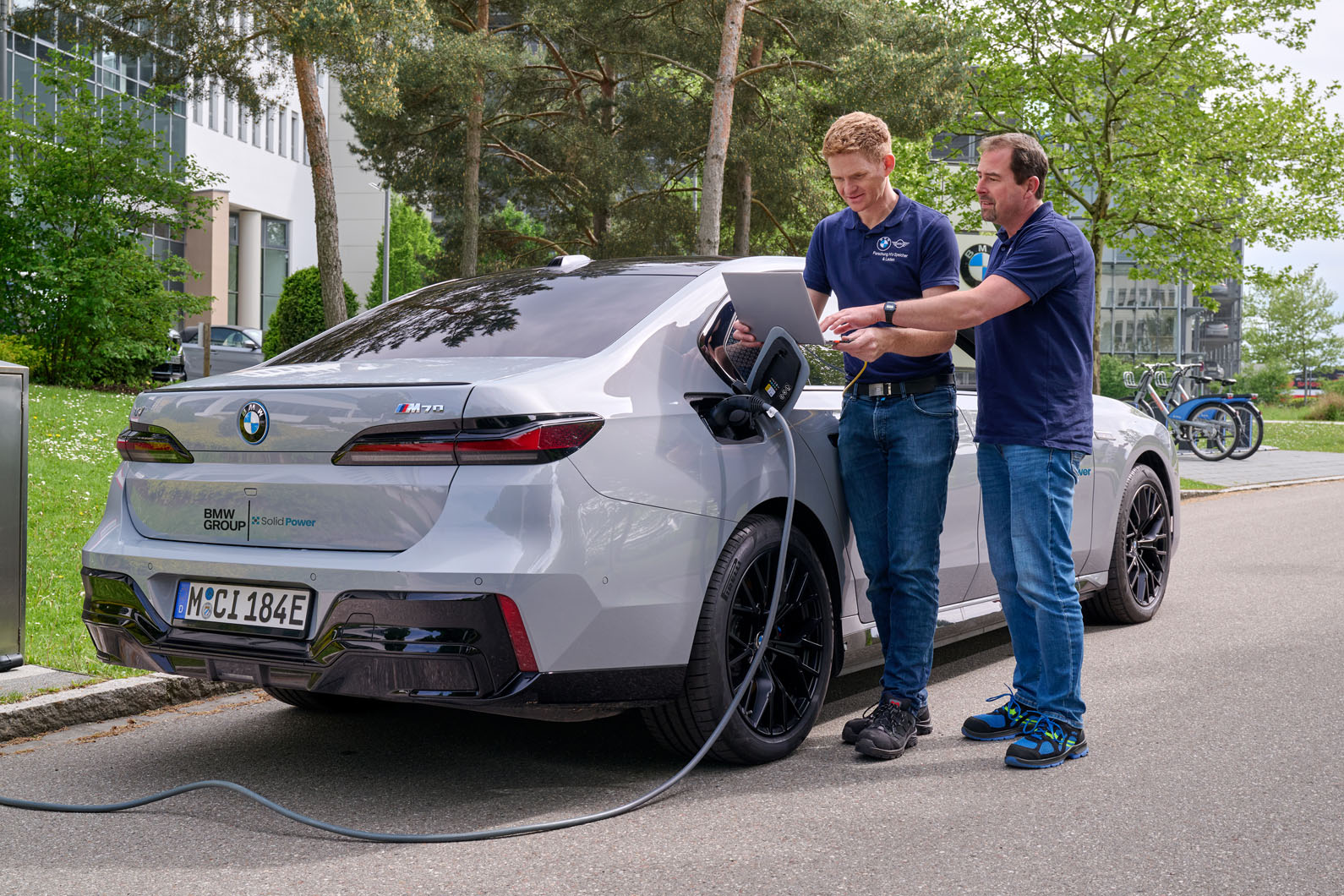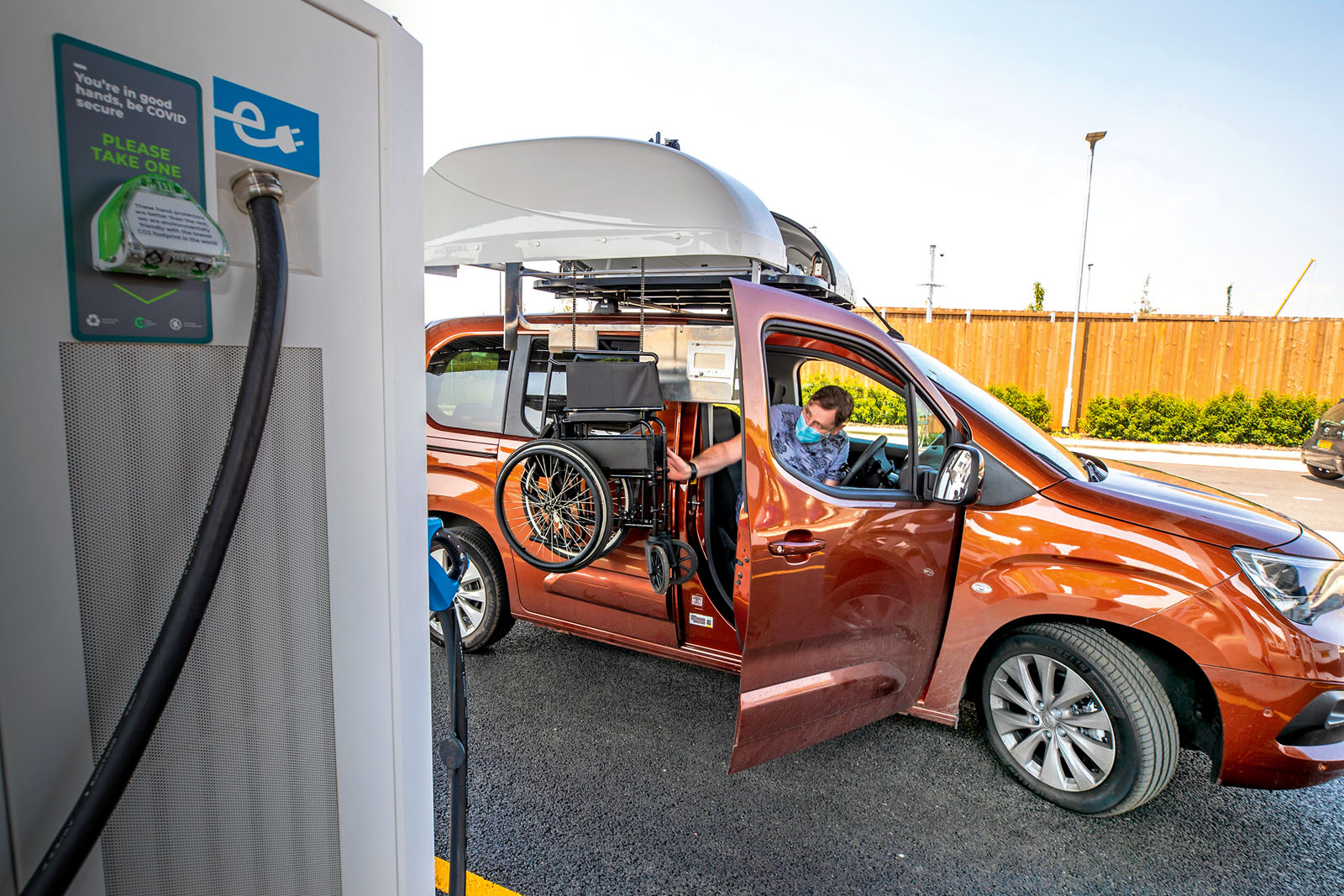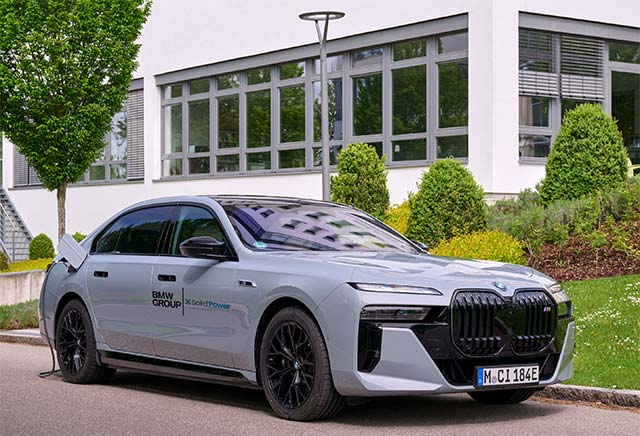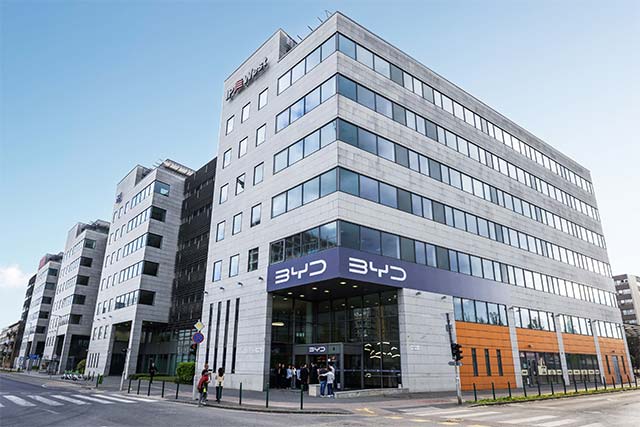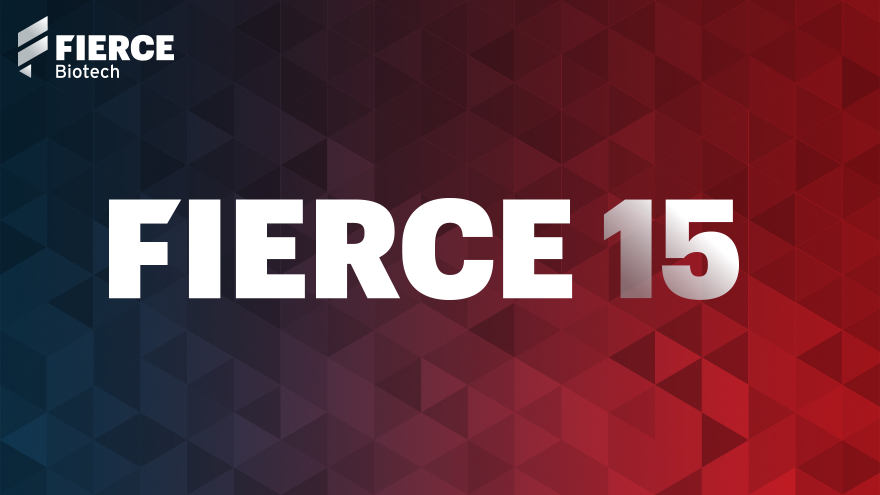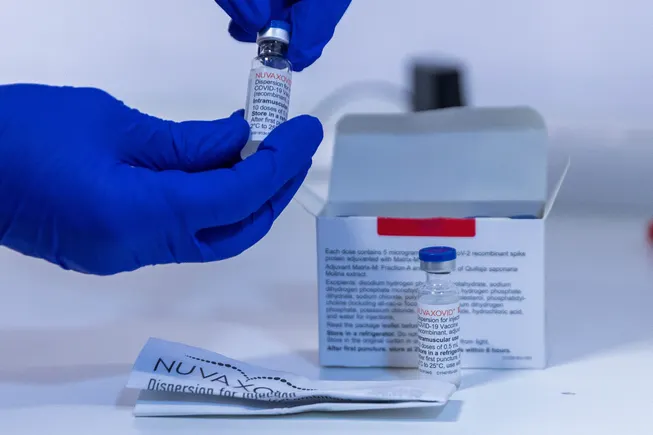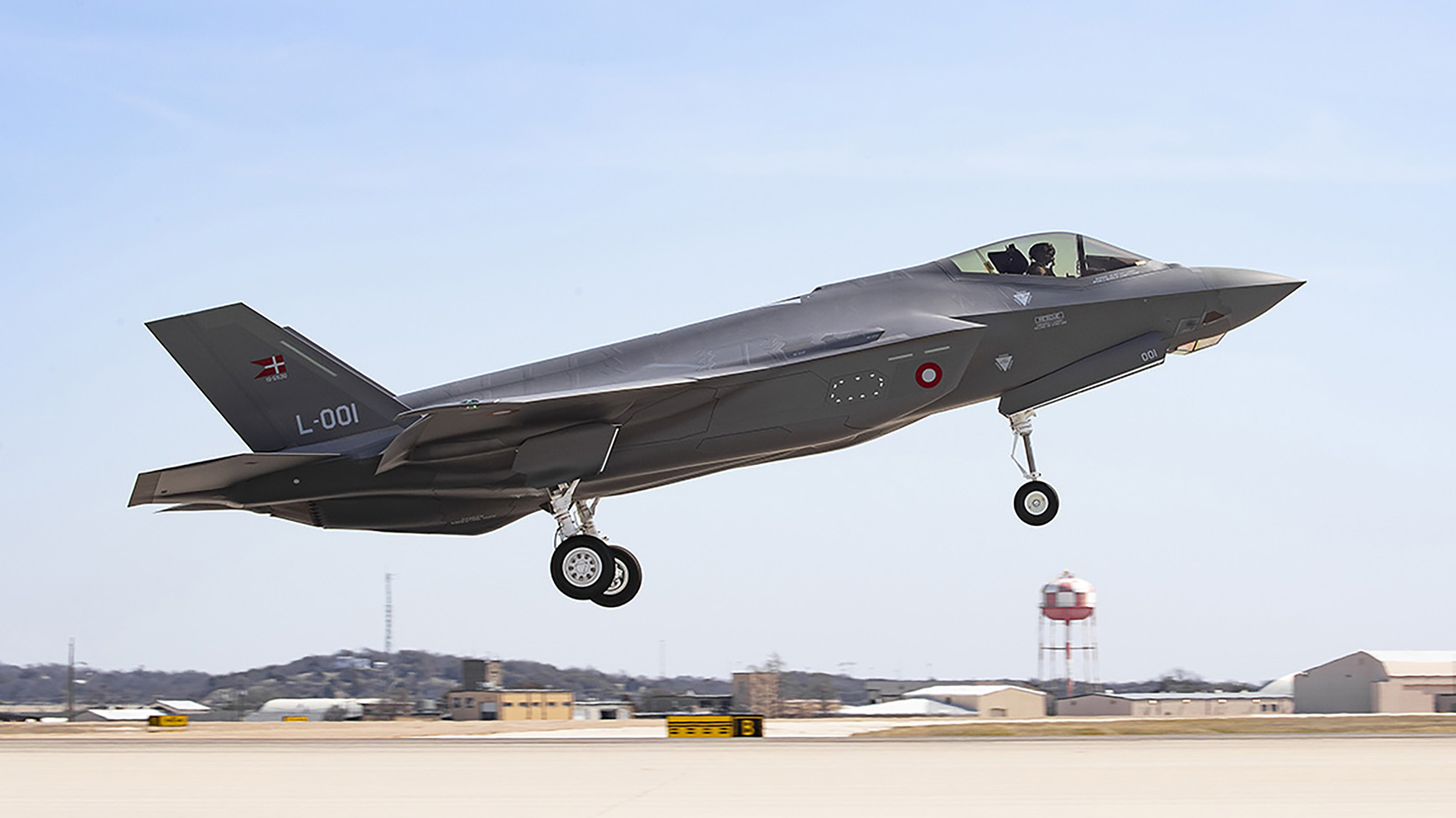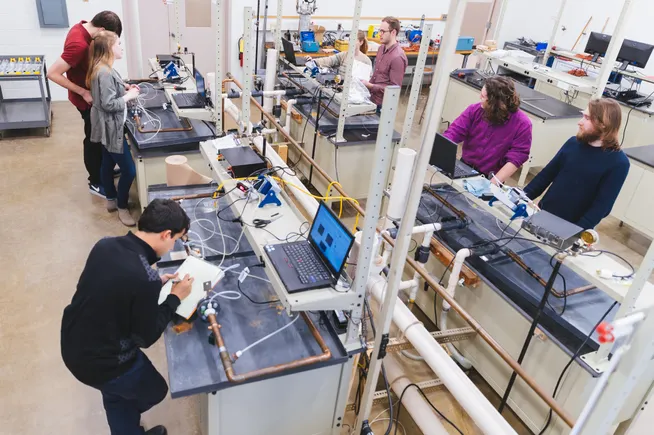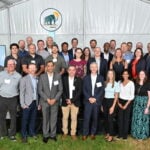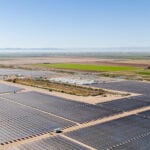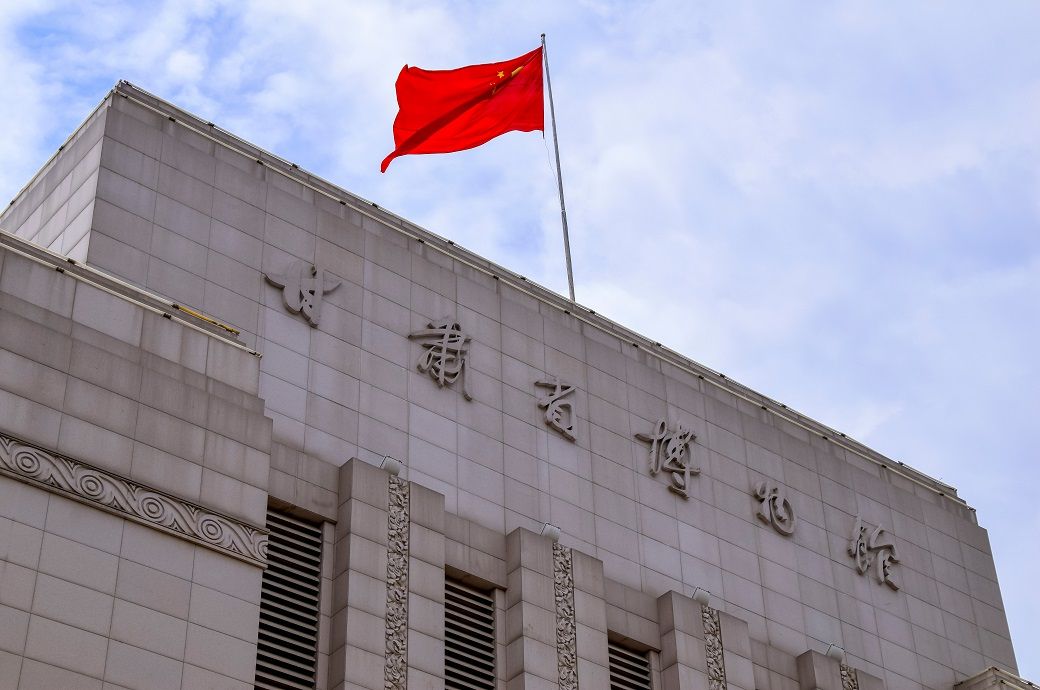Crosslinked Conjugated Interlayer Network for Efficient and Stable Wide‐Bandgap Perovskite and All‐Perovskite Tandem Solar Cells
Advanced Energy Materials, EarlyView.

In this study, 6-hydroxy-2-naphthalenecarboxylic acid (HNA) is employed to construct crosslinked conjugated interlayer network. The dense cross-linked network provides effective passivation. Meanwhile, the strong π-π interactions accelerate the charge transport at the wide-bandgap perovskite/C60 interface, effectively suppressing the non-radiative recombination. With this strategy, all-perovskite tandem solar cell achieves a power conversion efficiency of 28.25%.
Abstract
Compared to single-junction perovskite solar cells (PSCs), all-perovskite tandem solar cells (PTSCs) offer higher power conversion efficiencies (PCEs). However, the substantial open-circuit voltage (V OC) loss of wide-bandgap (WBG) perovskite sub-cells limits the efficiency due to the interface defect and halide segregation. In this study, 6-hydroxy-2-naphthalenecarboxylic acid (HNA) is employed to construct cross-linked network by the H-bond and conjugated interaction to engineer the interface and suppress halide segregation. Enhanced Photoluminescence (PL) intensity and reduced quai-Fermi level splitting (QFLS) loss indicate that the unique molecular conformation of HNA facilitates the process of the dense crosslinked film, which greatly enhances the passivation effect. Meanwhile, the strong π-π interactions accelerate the charge transport at the WBG perovskite/C60 interface, effectively suppressing the non-radiative recombination. The 1.78 eV WBG PSCs achieve a V OC of 1.35 V and a PCE of 19.92% and deliver T 80 = 1100 h by maximum power point track (MPPT). In combination with narrow-bandgap (NBG) sub-cells, PTSCs exhibit a V OC of 2.13 V, a PCE of 28.25%, and T 80 of 500 h. This work provides a self-assembled interlayer strategy to develop highly efficient and stable WBG sub-cells for PTSCs.














